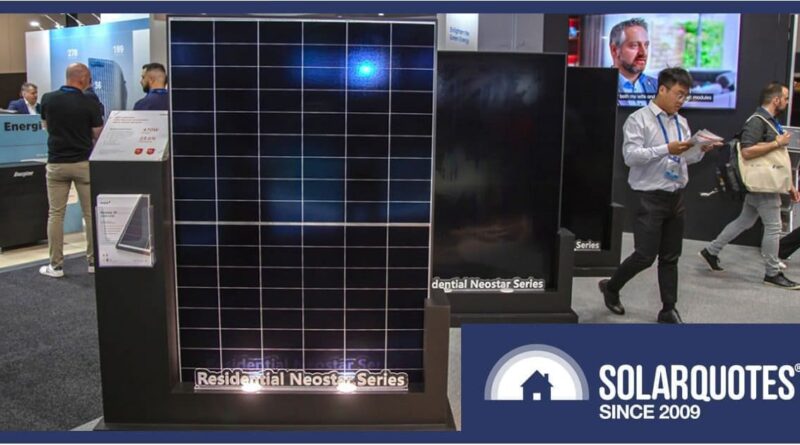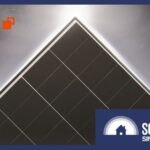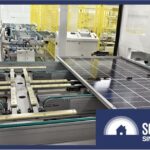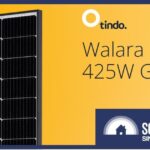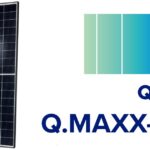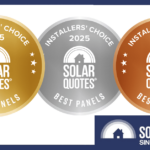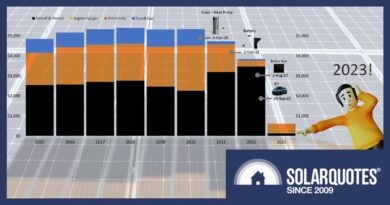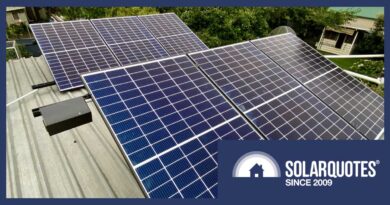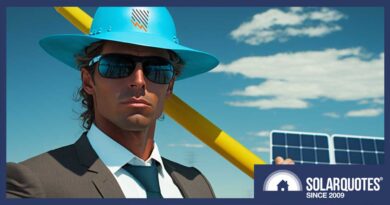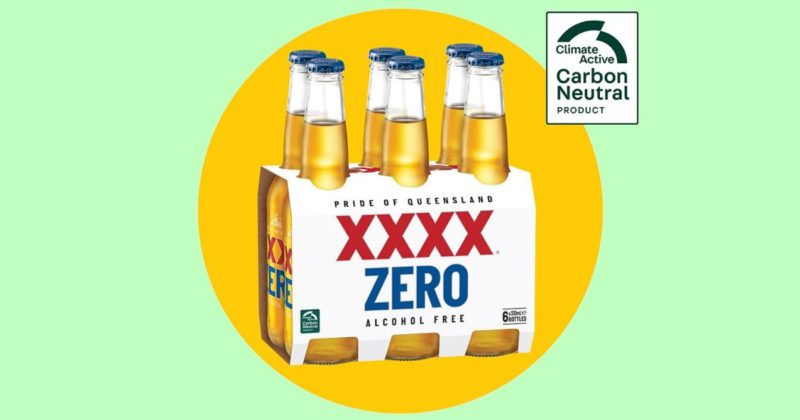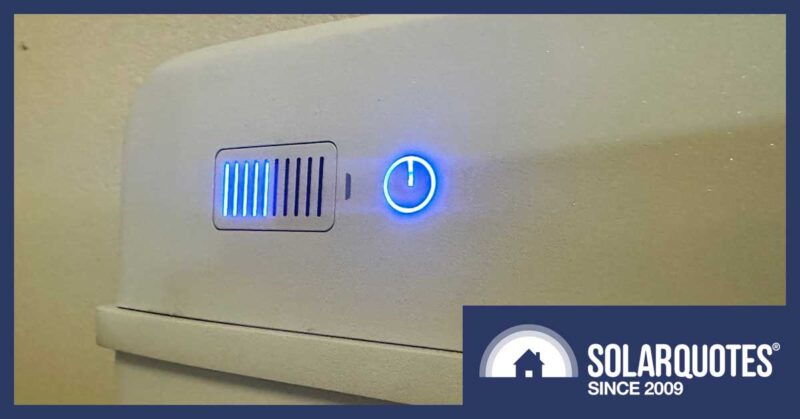Aiko Unleashes 470W Residential Solar Panel In Australia
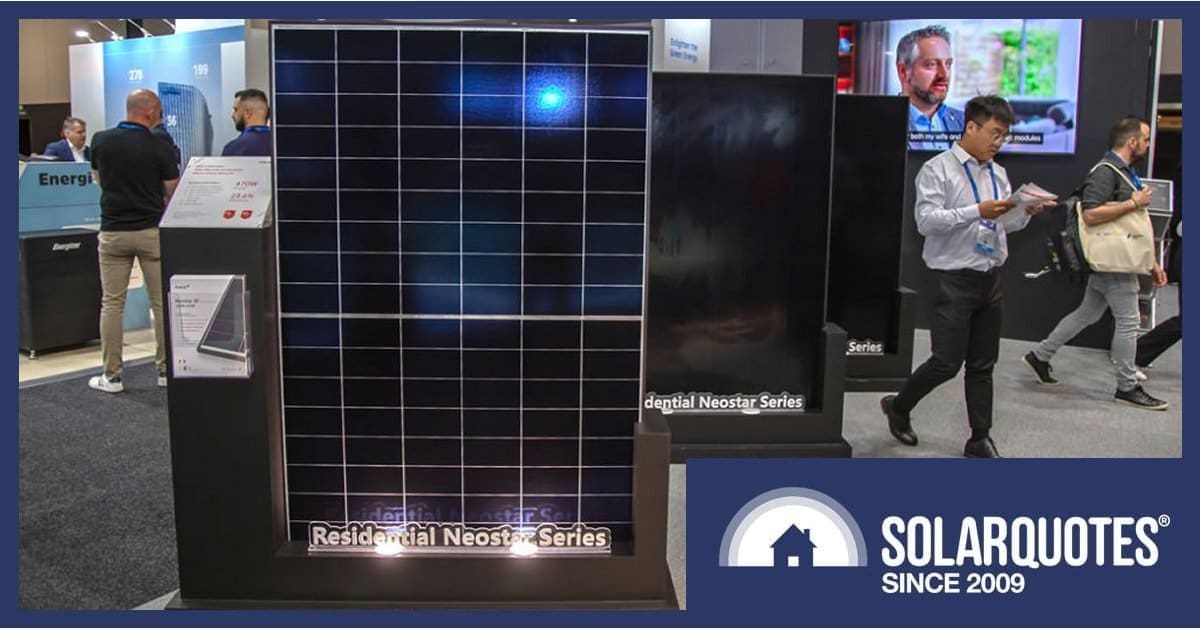
Shanghai Aiko Solar Energy Co., Ltd – or Aiko to its friends – has launched what it claims is the most powerful residential rooftop solar panel currently available in Australia.
The Aiko Neostar 2P 470 Watt solar panel was very recently added to the Clean Energy Council’s approved solar modules list1 under a slightly different company name – Zhejiang Aiko Solar Technology Co Ltd; and it’s all systems go.
“AIKO’s newly CEC-approved Neostar 470W panel brings a powerful and efficient solution to Australian rooftops,” says the company. “Offering more energy output in less space, this panel makes it possible for more homeowners with limited roof space to adopt solar, removing previous barriers.”
Aiko Neostar 2P 470W Solar Panel Specifications
- Cells: 108 N-Type ABC (All Back Contact)
- Dimensions: 1757 x 1134 mm
- Panel Weight: 21.5 kg
- Maximum Power: 470 Watts
- Positive power tolerance: 0~+3%
- Module efficiency: 23.6%
- Frame: Black anodised aluminium alloy
- Operating Temperature: -40℃ – +85℃
- Temperature Coefficient Pmax: -0.26%/ °C
- Product Warranty: 25 years
- Performance Warranty: 30 years (88.85% at year 30)
While not apples-to-apples, let’s compare some of those specs to another new panel we mentioned just a couple of days ago – the Australian-made Tindo Walara 425W.
Aside from the obvious difference in power2, the Neostar 2P is around the same size (a tad larger), half a kilogram lighter (but the datasheet indicates ±3% on weight), and has a better temperature coefficient. The Neostar 2P performance warranty is five years longer, which states a final degradation figure less at year 30 than Tindo’s at year 25. But whether either company will still be around in 25/30 years is anyone’s guess.
Price difference between the two isn’t clear at this stage, but Aiko solar panels are generally towards the cheaper end of the spectrum of good quality modules, and Tindo towards the pricier end.
One of the features of the Neostar 2P panels is what Aiko calls “Partial Shading Optimisation”. According to SQ’s resident fact-checker, Ronald Brakels:
“Most panels have three bypass diodes and when one or two solar cells are shaded, it can cause all the solar cells on that string to be bypassed. This can cause the output of the panel to be reduced by one-third. But Aiko panels can bypass individual cells that are shaded. It doesn’t work perfectly and some energy is lost as heat, but it can reduce losses compared to conventional panels.”
Here’s a brief video demonstrating the feature. I suggest muting your speakers, but I’m a cranky old fart when it comes to music (and just about everything else):
A full datasheet for the Aiko Neostar 2P 470W can be found here. You can compare Aiko modules side-by-side with other brands on the SolarQuotes solar panel comparison table (we’ll be adding the Neostar 2P soon).
Who The Heck Is Aiko?
While having a Japanese name, Aiko is headquartered in China, which is where all its manufacturing also occurs. The company was founded in 2009, focusing on production of solar cells – and to date Aiko has cranked out more than 130 gigawatts of them. In 2022, the firm branched out into manufacturing solar panels.
The Australian launch of the brand was in March this year, and the company has an office in Melbourne.
The firm is a very new addition to the SolarQuotes recommended panel brands chart. While these panels are a newcomer to the Australian scene and we only have one customer rating on the SQ Aiko solar panel reviews page so far, we’re comfortable recommending the brand based on feedback regarding quality and support from installers we trust. It’s worth checking out our Aiko reviews page for more information on the brand and its tech.
On a related note, pick up some tips on buying solar panels for your home.
Footnotes
Original Source: https://www.solarquotes.com.au/blog/aiko-470w-panel-mb3002/

